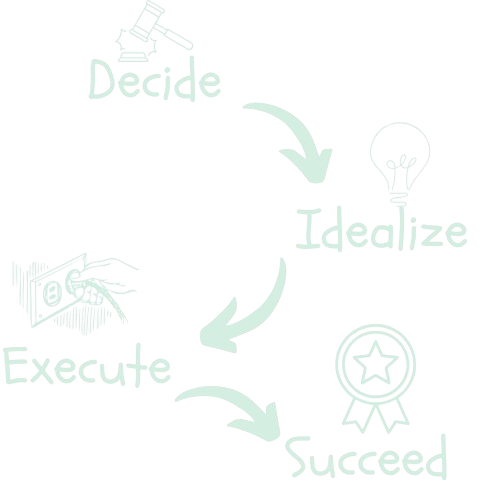✂️ Mobile Tailoring Service: Business Idea Report
❗ Problem:
Busy lifestyles, lack of time, being disabled or elder often prevent individuals from visiting tailor shops for custom clothing or alterations. Additionally, many customers desire personalized services that ensure a perfect fit and cater to unique design needs. This leaves a gap for a convenient, high-quality tailoring solution that fits seamlessly into customers' schedules.
⚡ Solution:
A Mobile Tailoring Service offers door-to-door tailoring and sewing services. Customers can schedule appointments after regular working hours, ensuring convenience for busy professionals. The service includes taking measurements at the customer’s location, custom clothing design assistance, and express services for urgent alterations or event-ready outfits.
👥 Target Audience:
• Busy professionals with limited time.
• Families looking for convenient clothing alteration services.
• Event attendees needing last-minute outfit adjustments.
• Individuals seeking custom-made garments.
• Senior citizens or those with mobility challenges.
🌟 Why is it a Great Idea?
• Customer Convenience: Eliminates the need for customers to visit tailoring shops.
• Personalized Service: Offers customized designs and a perfect fit.
• Time Flexibility: Evening appointments cater to working individuals.
• Market Differentiation: Few competitors offer door-to-door tailoring services, creating a unique niche.
💰 Projected Costs (not limited to):
1. Vehicle Setup: Purchase and customization of a van or trailer to include sewing machines, tools, and storage space for fabrics.
2. Tailoring Equipment: Sewing machines, fabric scissors, ironing boards, thread, needles, and other tools.
3. Technology: An online booking system and a mobile app for scheduling and payments.
4. Marketing: Social media ads, partnerships with local clothing retailers, and branded vehicle wraps.
5. Operational Costs: Fuel, vehicle maintenance, and tailoring supplies.
📈 Revenue Streams:
• Custom Tailoring: Charges for bespoke garments tailored to the customer’s preferences.
• Alterations: Fees for resizing, hemming, and garment repairs.
• Express Services: Premium pricing for same-day or next-day services.
• Add-Ons: Sales of fabric, buttons, zippers, and other sewing supplies.
🎯 Next Steps:
1. Conduct market research to understand demand, target customer profiles, and competitors.
2. Develop a detailed business plan with cost breakdowns and revenue projections.
3. Obtain licenses and insurance for operating a mobile business.
4. Design and customize a vehicle to include a compact, efficient tailoring setup.
5. Launch marketing campaigns on social media, local newspapers, and community boards.
6. Pilot the service in a selected area to gather feedback and refine operations.


 Ideas That Solve Real Problems
Ideas That Solve Real Problems